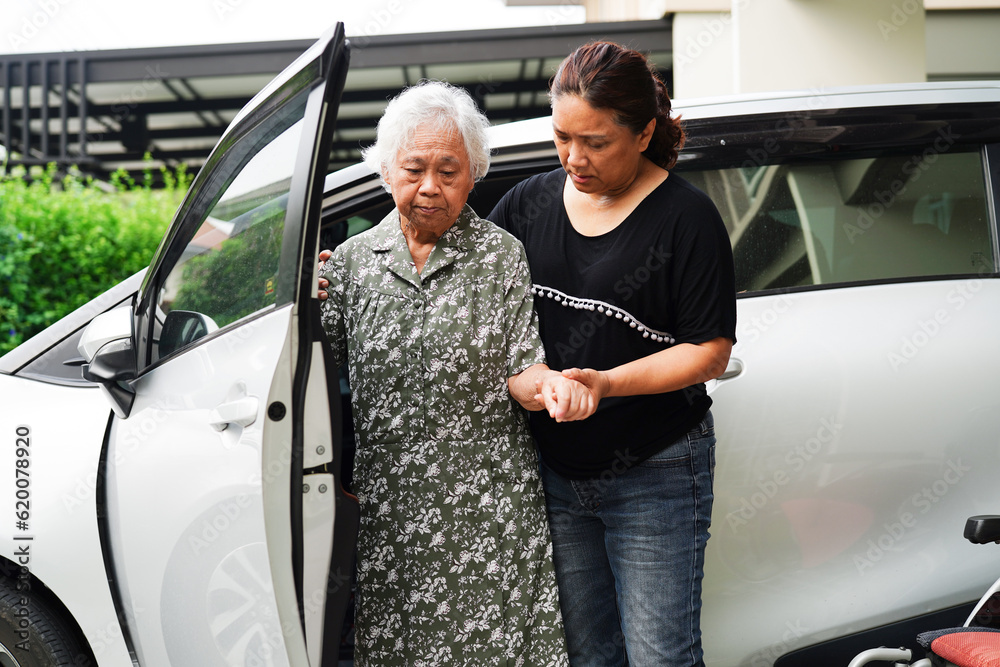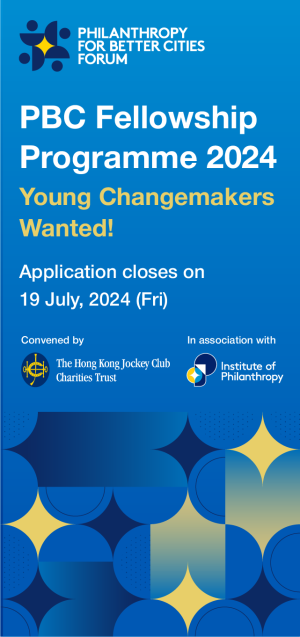Despite radical change in ways of giving, traditional community values remain central for Asian donors
The notion of the common good in Asia has long been grounded in shared cultural values of community harmony and social cohesion. A traditional approach to caring for family, clan, and community has deeply influenced long-standing Asian philanthropic practices. Driven by a surge in wealth creation, a new generation of socially ambitious donors is emerging across the region. The Milken Institute projects that Asia will become the world’s second largest wealth hub by 2026 with Asian millennials managing 35 per cent of global wealth. Against this background, the traditional model of affiliation and community-based giving is not being discarded, but expanded. Today’s Asian philanthropists are more willing to engage in strategic, multi-sectoral partnerships and utilise digital platforms to scale their efforts for the common good.
Achieving the common good through these longer term government partnerships calls for patient capital.
Deeper partnerships
Across Asia, philanthropists are increasingly driving systemic change in their local communities through strategic partnerships with the government and through regional and national donor collectives.

The explosion of digital technologies is creating a more inclusive generation of givers. Credit: AdobeStock
A recent Bridgespan analysis on giving trends by the wealthiest families in Southeast Asia notes that ‘forty percent explicitly cite government collaboration as a critical lever in their (philanthropic) work’. These complementary efforts are pragmatic. Private or corporate philanthropy often brings technical expertise, an entrepreneurial approach, and risk capital, while the government has the reach and resources to implement solutions at scale.
As one example, the Tanoto Foundation has developed a long-term collaboration with the Indonesian government through the PINTAR programme, successfully strengthening access and quality in the country’s education sector. Early on, PINTAR found that strong ownership at the district level education offices was key to successful student outcomes. PINTAR’s programmatic strengths are creating local and regional centres of excellence. It trains principals and teachers to improve classroom practices, make lessons more engaging, and better manage their schools.
Most importantly, PINTAR is designed to be sustainable and scalable. The foundation signed agreements to strengthen cooperation with various ministries and local governments and ensure the programme’s long-term impact. As of 2022, PINTAR has impacted 20,000 educators across 35 provinces in Indonesia. By leveraging complementary strengths and building collaborative partnerships at different levels of government, the Tanoto Foundation has developed a successful partnership model that will ultimately improve educational outcomes for millions of Indonesian children.
The legacy of state-led social welfare across Asia fuels this trend of strategic philanthropic partnerships with governments in many other countries, such as Malaysia, Philippines, South Korea, and, of course, China. Developing the multi-stakeholder relationships and evidence-based programme models needed to serve common interests at the national level compels private philanthropy to forgo the agility and individualism they are often used to. Achieving the common good through these longer term government partnerships calls for patient capital.
The collectivist nature of Asian philanthropy has also influenced a growing practice of national and regional collaboration among donors. Asia’s new generation of wealth holders recognises that the region’s most pressing social issues are of such scale and complexity that individualistic, project-based grantmaking is ineffective.
Widespread adoption of digital technologies and a growing internet user base are creating a vibrant, more inclusive generation of givers.
Massive economic inequality remains, as the World Bank estimates over 400 million people in the region continue to live below the international poverty line of $1.90 per day. Rapid urbanisation across the region has led to environmental degradation and a lack of basic access to healthcare and education for hundreds of millions. Ageing populations in many Asian countries are straining existing social welfare systems. By pooling resources and coordinating efforts, Asian funder collaboratives have greater capacity to tackle these massive social issues and reach more beneficiaries across the region.
The Asian Venture Philanthropy Network (AVPN) is a successful case study in catalysing collaborative action at a regional level. With over 600 members across 33 markets, AVPN represents the largest network of social investors in Asia and facilitates collective funding for social and environmental causes across the region. Recently, AVPN partnered with Google.org and the Asian Development Bank to launch the APAC Sustainability Seed Fund with the objective of funding and scaling climate change initiatives across 11 countries in the region. Nationally, the India Climate Collaborative (ICC) is a pioneering donor collective of more than 10 major Indian philanthropic organisations. The ICC has set an ambitious goal of raising climate funding from approximately 7 per cent to at least 20 per cent of total philanthropic funding in India in the coming years.

Collaboration can be key to tackling social challenges such as an ageing population. Credit: AdobeStock
As Asian philanthropists are seeking more structural, population-level social change, the trend towards government partnerships and funder collaboratives will only continue to increase.
Leveraging tech platforms
Widespread adoption of digital technologies and a growing internet user base are creating a vibrant, more inclusive generation of givers. Mobile internet penetration in Asia is expected to reach 61 per cent by 2030, which could potentially result in the opportunity to engage over 1.8 billion citizens across the region. Digital philanthropic platforms across Asia are tapping into these massive online communities and transforming how the public thinks about and participates in serving their local communities. Tencent’s WeChat is one of China’s largest social media apps as well as a successful case study in promoting collective action through digital communities and encouraging a new culture of mass civic engagement. Wechat mobile payment users, who number over 1.2 billion monthly, are offered an opportunity to donate a percentage of every transaction to local charities. Some Wechat minigames have incorporated charitable elements where a portion of in-game purchases or user engagement can be converted into cash donations. Tencent’s 99 Giving Day has morphed into one of the world’s largest annual crowdfunding campaigns. In 2020, the three-day online event raised over $460 million in charitable contributions through 57.8 million users.
In 2022, Tencent sought to build greater trust and engagement between individual donors and their designated charities by launching ‘donor general meetings’ using its Tencent Meetings and Weixin Video platforms. In the first year, 118 general meetings were held, generating over 37 million online views. The tech giant continues to innovate and gamify its digital philanthropy platform, encouraging users to collect ‘Little Safflower’ tokens throughout the year for purposes of social good; these virtual tokens can later be converted into cash donations to the charities of their choice. Notably, these online tokens can also be earned through a variety of positive offline activities, such as: volunteering, donating used goods, and checking into designated ‘green’ hotels.
Other countries across Asia are likewise galvanising the public to greater charitable contributions and acts of service through digital crowdfunding platforms, such as Milaap and GiveIndia in India and massive messaging communities such as Happy Bean and KakaoTalk in South Korea.
As digital technologies continue to shape social interactions and community giving behaviours across Asia, they will be an increasingly powerful tool for mobilising mass civic engagement in service to the common good.
Strategic donor partnerships and the innovative use of digital technologies reflect an evolution of Asian philanthropy capacity that remains rooted in traditional, collectivist values. As the region’s wealth and technological capabilities continue to grow, these trends bear even greater promise for a more equitable and prosperous future for all.
Nancy Yang is co-founder of Asian Charity Services.





Comments (0)